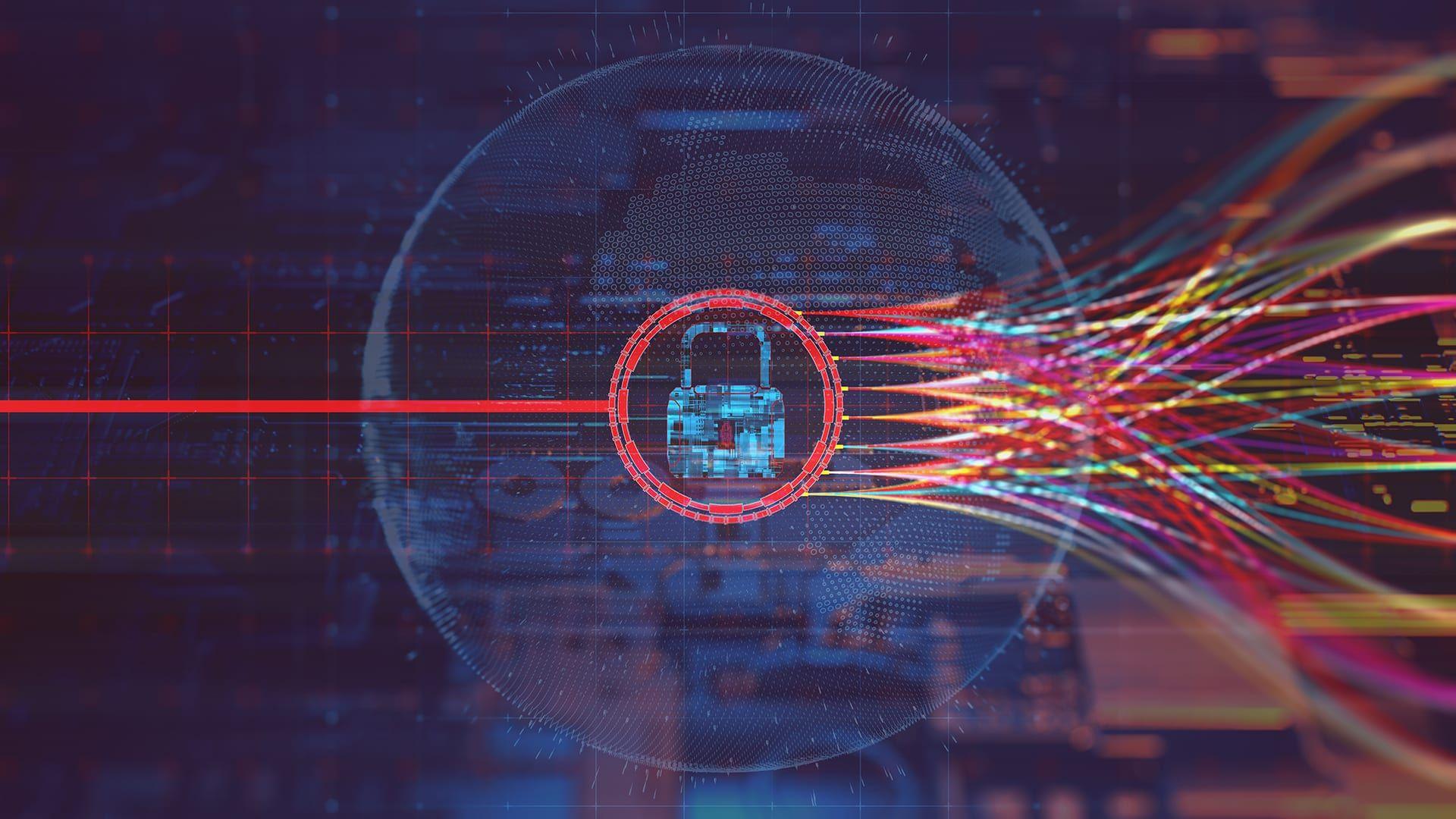Protecting Your Organization: Online Protection Techniques for the Upcoming Decade
Protecting Your Organization: Online Protection Techniques for the Upcoming Decade
Blog Article

In an increasingly digital world, the importance of cybersecurity cannot be overstated. Companies of all sizes are now depending on technology to simplify operations, improve customer experiences, and drive growth. However, as technology advances, so do the risks that come with it. Cyberattacks have become more advanced and prevalent, posing significant risks to critical data and company reputations. As we look into the next era, it is essential for companies to adopt robust cybersecurity strategies that not only address existing challenges but also anticipate future threats.
Readying for the future means understanding that cybersecurity is not merely an IT issue; it is a integral aspect of business strategy. Executives must take a preventative approach to defend their assets and maintain confidence with customers and partners. This involves allocating resources to advanced security measures, fostering a culture of awareness among employees, and staying informed about new trends in the cyber environment. By implementing comprehensive strategies now, organizations can better position themselves to withstand the evolving threats of next year.
Grasping Cyber Threats
In the modern digital landscape, the development of digital hazards is rapid and intricate. Companies are increasingly becoming prey for cybercriminals who utilize complex techniques to penetrate security measures. Such threats can differ significantly, ranging from malicious software and data hijacking to social engineering and DoS attacks. An understanding of such threats is crucial for businesses to formulate effective security strategies that protect their critical data and preserve business continuity.
Learn More
One significant threat businesses face is data extortion, which has surged in frequency over the last years. Hackers apply this method to secure an organization's data, requesting a ransom for its release. The catastrophic impact of such attacks goes further than immediate financial loss; they can cause to extensive brand damage and operational disruptions. As ransomware methods grow increasingly advanced, companies must implement proactive measures, such as routine data backups and employee training on identifying likely threats.
Furthermore, insider threats are also concerning as they can stem from employees or contractors who have approved access to sensitive information. Such threats can be intentional or unintentional, such as when an employee inadvertently falls victim to a scam scheme. Companies need to build a culture of security awareness, highlighting the importance of alertness and regular education to mitigate the risk posed by internal actors. Grasping the complete range of cyber threats is the initial step in developing an effective response strategy that safeguards a company's sustainability.
Establishing Strong Security Mechanisms
In the dynamic field of digital security, businesses must establish strong security strategies to safeguard their data. This begins with a thorough vulnerability assessment to identify vulnerabilities within their systems. Companies should also implement a layered protection framework, integrating firewalls, intrusion prevention systems, and anti-malware solutions to build various layers of defense. Regular maintenance are vital in addressing recently found weaknesses, making certain that systems are not easily compromised by cybercriminals.
Employee training plays a crucial role in supporting these defenses. Team members are often the primary defense of security against cyber threats, making it important to educate them about detecting fraudulent emails, suspicious links, and internet safety. Launching frequent safety workshops can motivate employees, fostering a culture of digital safety where all staff is watchful and ready to act. This cooperative strategy can substantially diminish the risk of successful attacks against the organization.
Additionally, companies should think about utilizing cutting-edge technologies such as machine intelligence and automated learning. These innovations can enhance threat identification and response by examining behaviors and deviations to identify potential breaches promptly. Intelligent systems can aid in addressing to threats in immediate time, minimizing the timeframe of exposure and lessening harm. Allocating funds towards these advancements, in conjunction with established security practices, will assist secure companies against the changing security challenges.
Fostering a Cybersecurity Awareness Culture
Establishing a strong cybersecurity culture inside an organization is vital for protecting against threats. It begins with leadership defining the tone by emphasizing cybersecurity in every single aspect of the business. When executives transparently communicate the importance of cybersecurity and its effect on the organization's well-being, it strengthens the idea that security is each person's responsibility. Ongoing training sessions and workshops can assist educate employees about possible threats and best practices, turning them into proactive defenders rather than detached observers.
Another key element in fostering a cybersecurity culture is encouraging open communication. Employees should experience at ease reporting questionable activities free from fear of retaliation. Establishing clear pathways for reporting incidents can encourage staff and encourage vigilance. Moreover, acknowledging and incentivizing employees who contribute to the firm's cybersecurity initiatives can strengthen positive behaviors and foster a sense of ownership over security practices within the organization.
Lastly, embedding cybersecurity awareness into daily operations is essential to sustaining a vibrant culture. This can consist of introducing security reminders into routine meetings, using actual examples to show risks, and maintaining cybersecurity discussions continuing. By making cybersecurity an integral part of the institutional mindset, employees are more likely to develop safer habits and add to a resilient security posture that can adapt to emerging threats in the coming decade.
Report this page